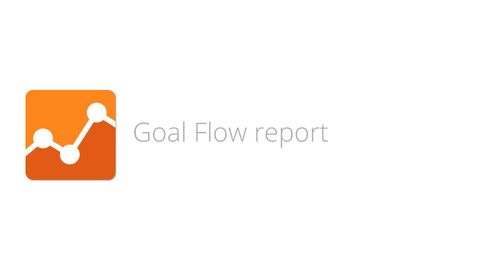
Subtitles & vocabulary
Digital Analytics Fundamentals - Lesson 6.1 Goal Flow report
00
小小佩娟 posted on 2014/03/13Save
Video vocabulary
process
US /ˈprɑsˌɛs, ˈproˌsɛs/
・
UK /prə'ses/
- Transitive Verb
- To organize and use data in a computer
- To deal with official forms in the way required
- Noun (Countable/Uncountable)
- Dealing with official forms in the way required
- Set of changes that occur slowly and naturally
A2TOEIC
More address
US /əˈdrɛs/
・
UK /ə'dres/
- Noun (Countable/Uncountable)
- Exact street location of a place
- A formal speech to a group of people
- Transitive Verb
- To write the place someone lives on a letter
- To refer to someone or something formally
A1TOEIC
More set
US /sɛt/
・
UK /set/
- Adjective
- Prepared for something; ready
- Fixed; not able to be changed.
- Transitive Verb
- To make a clock state or ring at a particular time
- To decide upon or choose something
A1TOEIC
More represent
US /ˌrɛprɪˈzɛnt/
・
UK /ˌreprɪ'zent/
- Transitive Verb
- To depict art objects, figures, scenes; to portray
- To show or describe something in a particular way
A2TOEIC
More Use Energy
Unlock All Vocabulary
Unlock pronunciation, explanations, and filters
